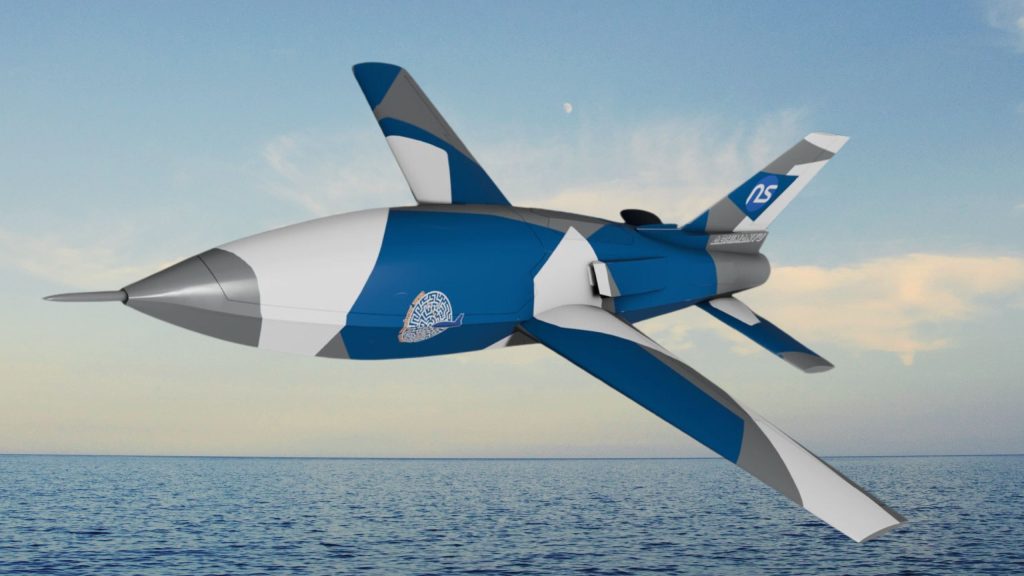
In what is easily the most significant deal between the Indian military and a local startup company, the Indian Navy has selected Bengaluru-based startup NewSpace Research & Technologies (NRT) to develop its Naval Collaborative Combat Air Vehicle (N-CCAV), an unmanned aircraft that will operate collaboratively with the navy’s MiG-29K and future Rafale-M fighter aircraft.
The N-CCAV is to be based on NRT’s Abhimanyu collaborative combat aircraft/loyal wingman concept. The contract includes a minimum purchase quantity (MPQ) for a specified number of systems that the Indian Navy has committed to procuring once the platform is ready. Development of the Abhimanyu lightweight jet-powered N-CCAV has begun at NRT.
Livefist can confirm that NRT was chosen by the Indian Navy under the Indian MoD’s Innovations for Defence Excellence (iDEX), a scheme launched by Indian Prime Minister Narendra Modi in 2018 aimed at harnessing leading edge private sector R&D to deliver focused advanced technologies to the Indian military. NRT was chosen from a group of Indian private sector contenders.
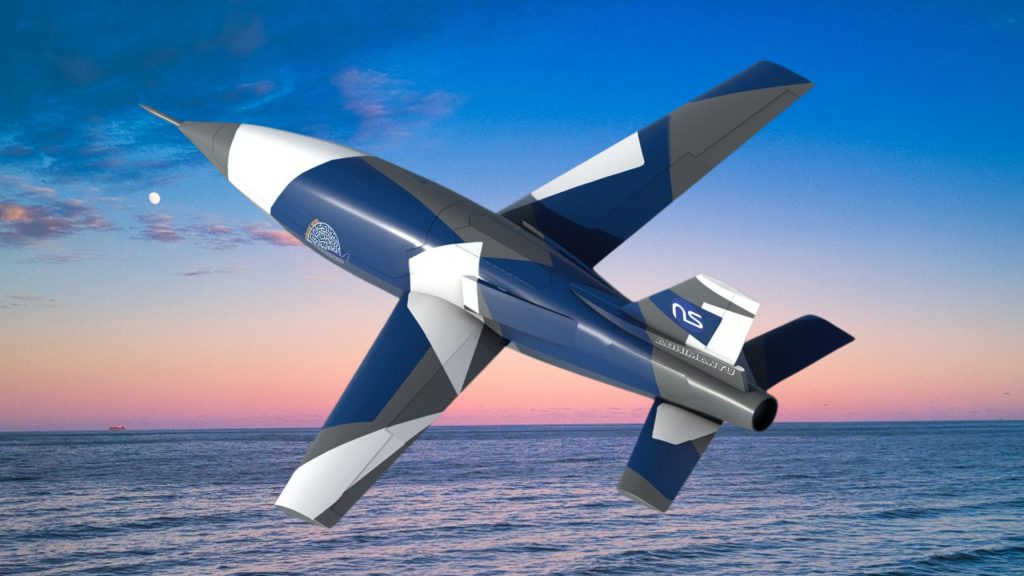
The Abhimanyu, a low-RCS (radar cross section) design, is expected to be a smaller and lighter platform compared to HAL’s Warrior, with a mandate to deliver manned-unmanned teaming missions with the Indian Navy’s combat aircraft. The two separate CCA developments will consolidate in the future, with Warrior for the IAF and Abhimanyu for the Indian Navy. It must be said, however, that while the Abhimanyu has the Indian Navy’s backing in the form of the contract that will be announced on Feb 10, the IAF is yet to throw its full weight behind HAL’s CATS Warrior.
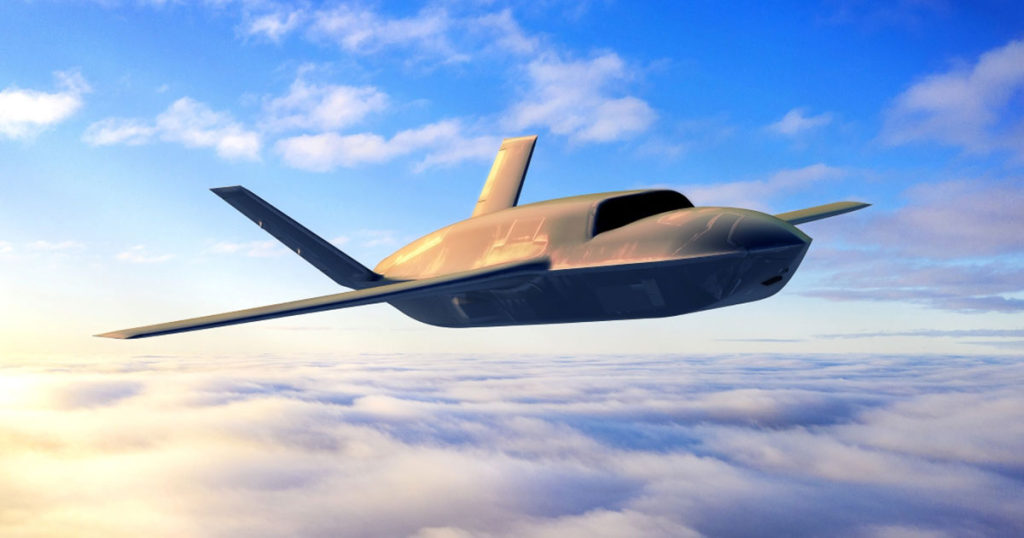
The Indian military’s selection of these uncrewed platforms is comparable to the U.S. Air Force’s Collaborative Combat Aircraft (CCA) program that envisions a similar drone wingman. In April 2024, the USAF chose General Atomics and Anduril Industries to present their contending platforms for a final selection to be made by 2026.
The NRT Abhimanyu is being designed with modular architecture, making it adaptable for multiple roles, including surveillance, electronic warfare, and strike missions. Documents reviewed by Livefist suggest that NRT is developing the N-CCAV to be both cost-effective and expendable, with an emphasis on rapid production. This approach would enable the Indian Navy—and potentially other operators—to deploy the system in large numbers, complementing both current and future fighter fleets. Project literature also highlights that these interconnected platforms can function as sensors, effectors, and command-and-control nodes, facilitating agile decision-making within a flexible, scalable operational framework. This structure is intended to seamlessly integrate emerging platforms, technologies, and operational concepts in the future.
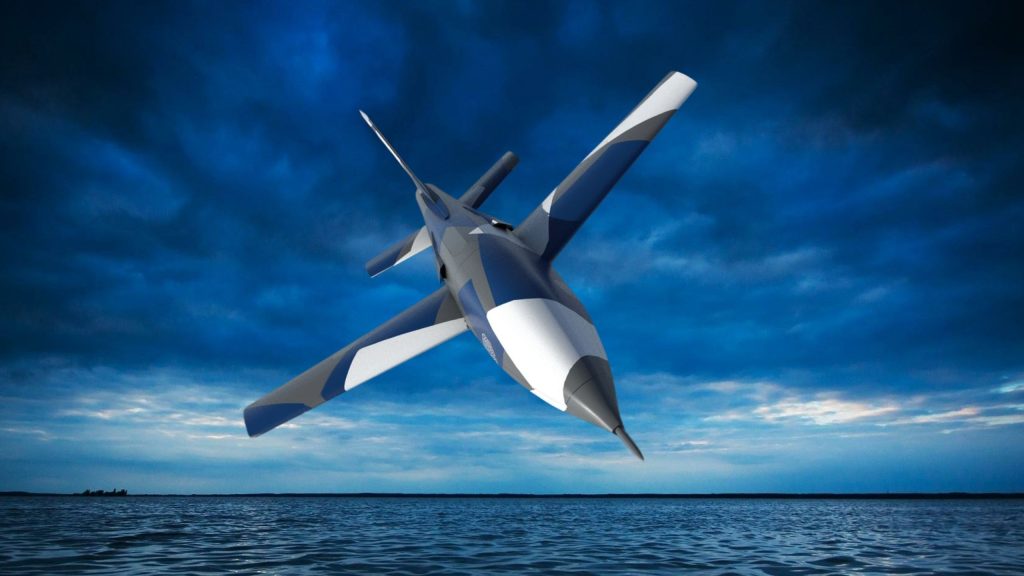
“Unmanned wingmen and Collaborative Combat Aircraft (CCAs) are not intended to replace manned fighter jets but to serve as strategic force multipliers. These systems can help the Indian Air Force and Navy address squadron shortages, modernize operations cost-effectively, and strengthen defenses against peer adversaries like China.” said an officer familiar with the agreement, emphasising that prioritising indigenous programs such as Warrior and Abhimanyu would drive AI innovation, enhance air combat capabilities, and enable India to close its capability gap while establishing itself as a leader in autonomous military technology.
A half-scale replica of the Abhimanyu N-CCAV will be on display at Aero India 2025, where the Indian Navy and NewSpace are expected to announce the deal.
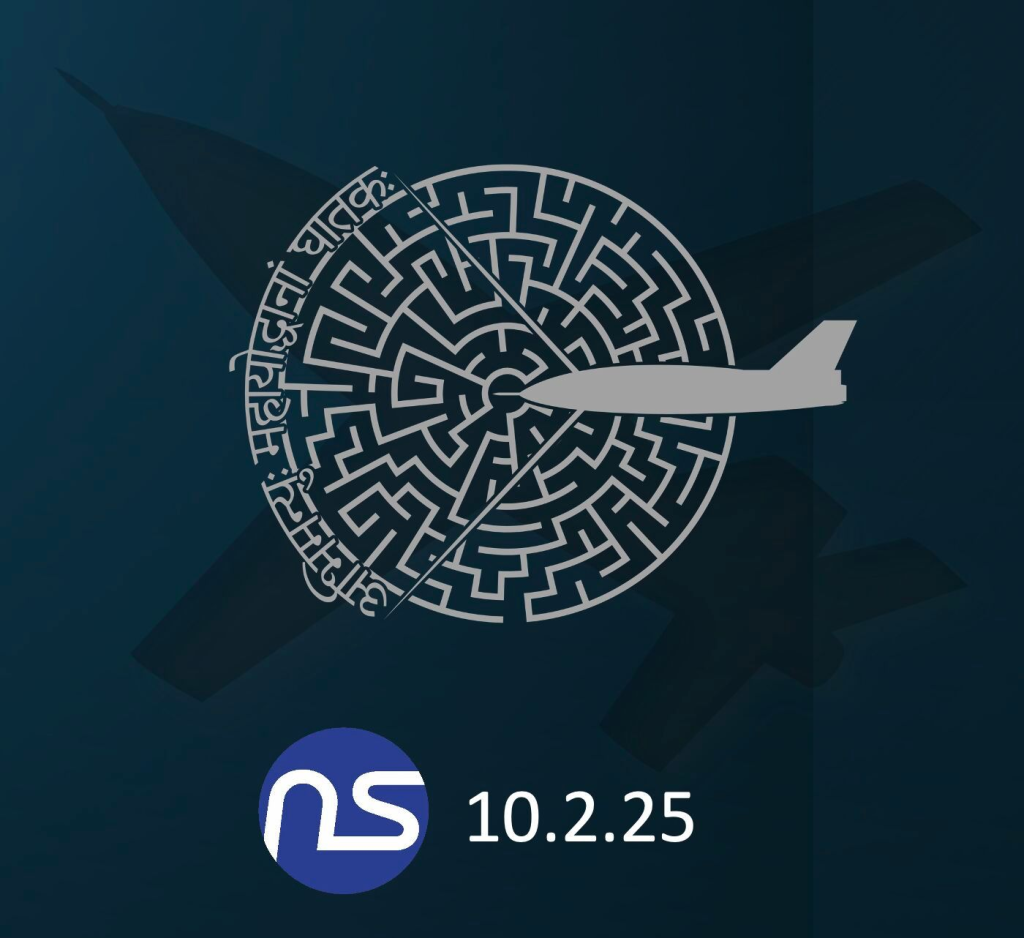
The churn in the Indian Ocean region means the Indian Navy is already cognisant of its need for force-multipliers. In a theoretical, if simplistic scenario, imagine tensions escalate in the IOR as China increases its maritime presence near India’s Exclusive Economic Zone (EEZ). Satellite intelligence suggests an enemy carrier strike group is moving toward the Andaman & Nicobar Islands, accompanied by advanced fighter jets and maritime strike aircraft. To counter the threat, the Indian Navy could deploy INS Vikrant with a squadron of MiG-29K fighters and several Abhimanyu N-CCAVs to support manned aircraft in high-risk missions.
Two MiG-29Ks take off from INS Vikrant, each accompanied by an Abhimanyu N-CCAV. The drones fly ahead of the fighters, using advanced radars and electronic warfare (EW) suites to jam enemy sensors and detect hostile aircraft before they come within engagement range. Enemy Airborne Early Warning & Control (AEW&C) aircraft and maritime patrol planes attempt to locate the Indian fleet. An Abhimanyu armed with air-to-air missiles intercepts and engages the reconnaissance aircraft before they can relay critical targeting data, preventing an enemy carrier group from obtaining accurate intelligence on Indian Navy movements.
Enemy 4.5-gen and stealth fighters move in to engage the Indian MiG-29Ks. The Abhimanyu drones act as missile trucks, carrying extra Astra and R-77 air-to-air missiles for the MiGs, allowing them to engage multiple targets without exhausting their onboard weapons. The drones use AI-driven evasive maneuvers to bait enemy aircraft into disadvantageous positions. One drone is sacrificed in a kamikaze maneuver to take down a high-value enemy stealth fighter.
A second wave of Abhimanyu drones joins a joint strike mission against enemy destroyers and missile cruisers. Armed with Smart Anti-Airfield Weapons (SAAW), the drones launch a coordinated attack, overwhelming enemy air defenses. Some drones use EW systems to disrupt enemy ship radars, reducing the effectiveness of their SAM (surface-to-air missile) response.
Simply, Abhimanyu drones would reduce risk to human pilots by taking on dangerous missions, giving the Indian Navy an asymmetric advantage by using AI-driven force multipliers, and reinforcing India’s deterrence posture in the IOR.
These are future air power scenarios that systems like the Abhimanyu and CATS Warrior are being built for. Needless to say, China is developing its own such force multiplier wingmen.
The Indian Navy’s deal with NRT is a test case in more ways than one. It will provide valuable insights into how the Indian MoD assesses design and cost trade-offs to define high fidelity requirements, and whether it has the stamina to support leading edge research initiatives that could spawn technologies that stretch beyond the military sphere.
“The key lies in balancing urgency with technological pragmatism, supported by a dedicated budget and end user mandate. The development of the Warrior and Abhimanyu CCAs by HAL and NRT represent a milestone event for the uncrewed air system sector in India, with a clear intent to push for integration of CCAs into India’s larger defence strategy — particularly in scenarios that demand rapid deployment and scalability of airborne uncrewed systems,” the officer said.
Perhaps most importantly, the Warrior and the Abhimanyu N-CCAV programs underscore India’s effort to modernise its air operations with cutting- edge home grown sovereign hardware, while balancing affordability and strategic autonomy as a nation.

A major development. Congratulations to NewSpace and MoD.